

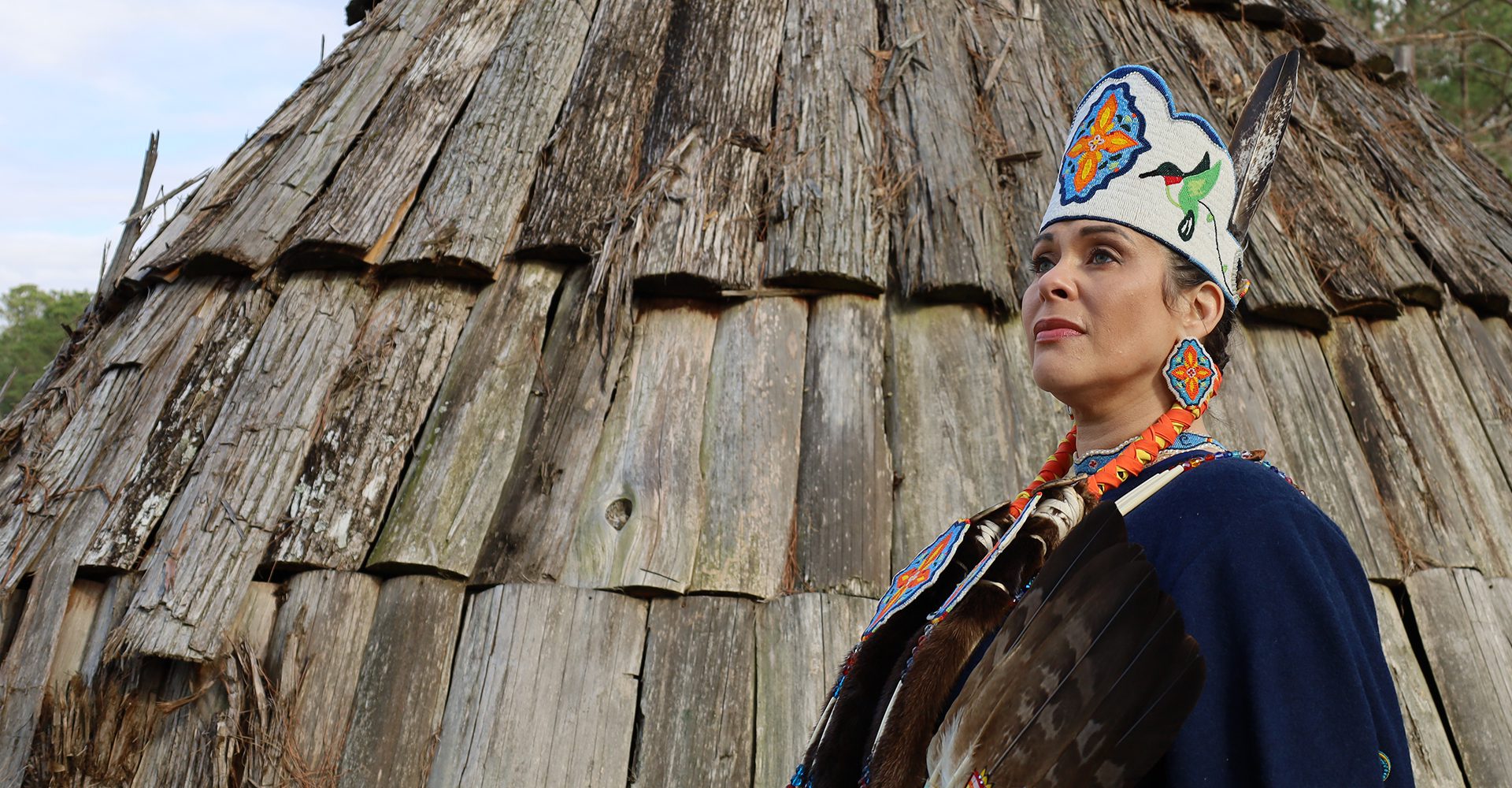
BY JOANNE CLEAVER
A homecoming counts on a home to come to. Creating and solidifying that home has been the story of the Lumbee Tribe over the two centuries of its existence, making the annual July celebration both an affirmation of tribal culture and a reaffirmation of the tribe’s determination to ensure that future generations have a home to come to.
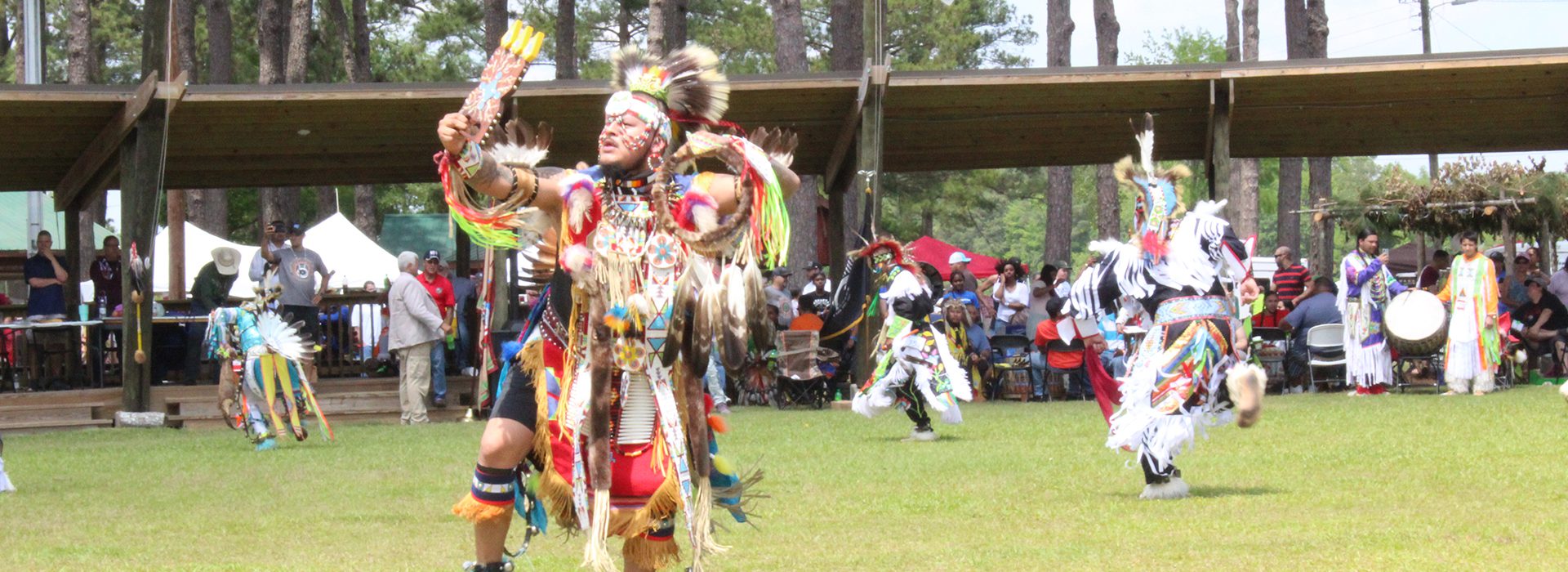
The disparate native people who originally lived in the area survived by fading into the piney forests and dark-water wetlands of south-central North Carolina. Now, they are raising their voices and presence, powering their tribal customs and aesthetic to accelerate Lumbees as a cultural, educational and economic force in the Pembroke region and beyond.
In the early 1700s, European explorers and colonizers pressed inward. They enslaved tribal people, forcing the men to build forts near the coast and women to bear domestic work – and children. The unrelenting push of the Europeans sent several ancient tribes to a landscape that offered shelter and camouflage. Forests thick with pines and wetlands navigated only by the most skilled sustained them. The tribes forged a new, shared identity known first as the Croatan.
For decades before and after the Revolutionary War, the tribe was kept on the fringes of the new communities that took over the land the tribe had long cherished, said Tasha Oxendine, public relations manager for the Lumbee Tribe of North Carolina and a member of the tribe. “It was the dark ages for our people,” she said.
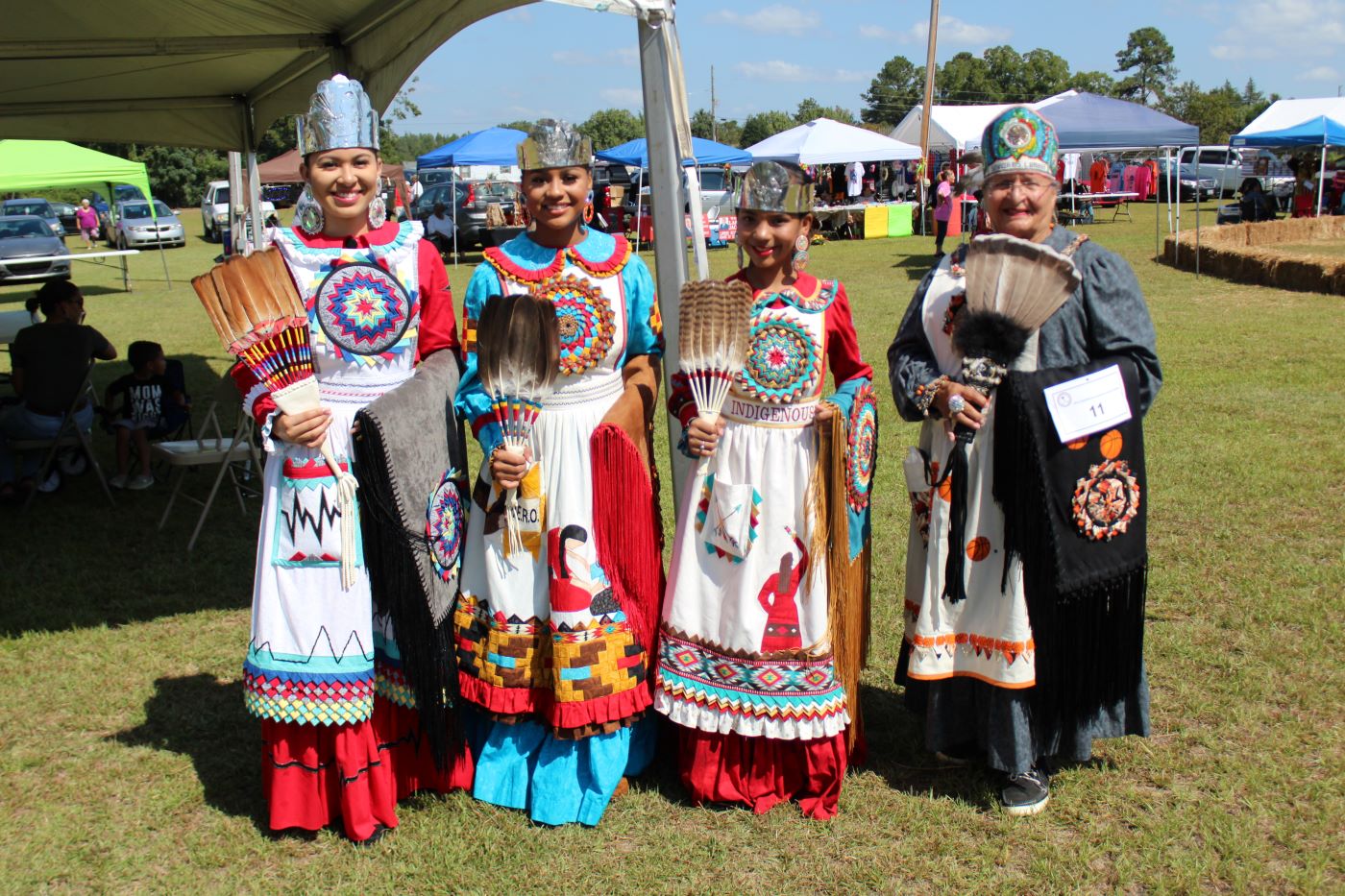
“The Lumbees are a refugee tribe that survived early colonialism when there was so much devastation happening to native peoples,” said Nancy Fields, director of the Museum of the Southeast American Indian and a member of the Lumbee tribe.
Other east coast tribes lobbied for political and land rights, only to be shoved aside when others wanted their farms, gold and other natural resources. The Lumbees watched and learned.Instead of fighting head-on, the Lumbees hid in plain sight. They took cultural camouflage as “good Christian farmers,” said Fields. “There were a hundred here, a dozen there. For safety, we couldn’t be a cultural people.” The trauma amplified during and after the Civil War when racial discrimination was codified in law and denied Native Americans the right to vote or gain an education. “That disenfranchisement brought us even tighter,” said Fields.
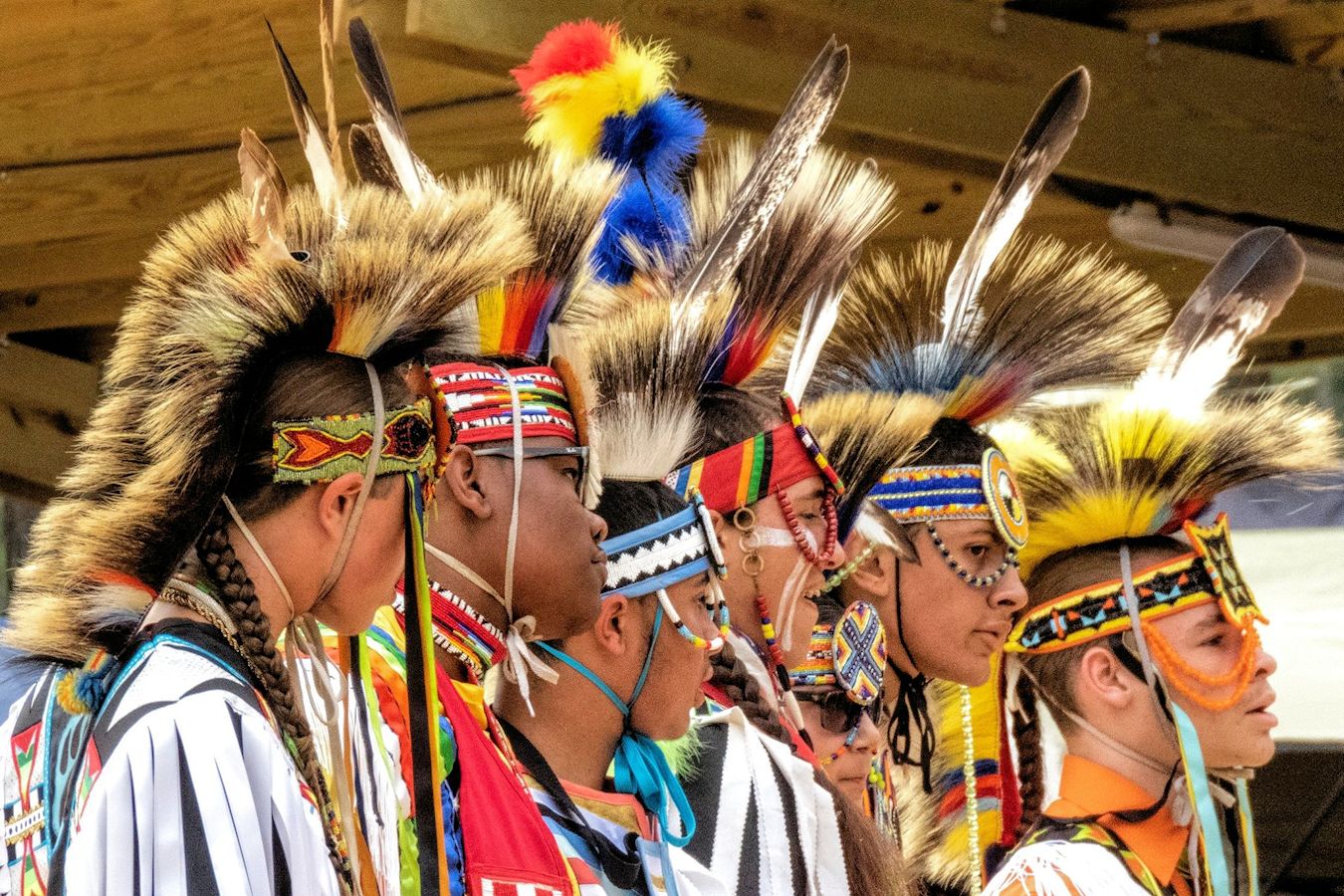
The 1880s saw two turns in the right direction: North Carolina recognized the tribe in 1885, and the first Lumbee school was established in 1887.
The tribe’s current name was formally adopted in 1953 and was recognized by the U.S. Congress in 1956. The Lumbee fight for full recognition continues in 2023. A coalition of North Carolina U.S. congresspeople rallied around legislation formally and permanently establishing the tribe’s federal status and sovereignty. The Lumbee Fairness Act has been introduced more than 30 times before. The 2023 coalition pledges that this time, it will pass. Meanwhile, the Lumbee centered their values around education and self-determination.
The Pembroke College for Indians – now the University of North Carolina at Pembroke – was the first of its kind in the country, with a tribal constitution adopted in 2001 and economic development rapidly expanding since the Lumbee have engineered their own renaissance.
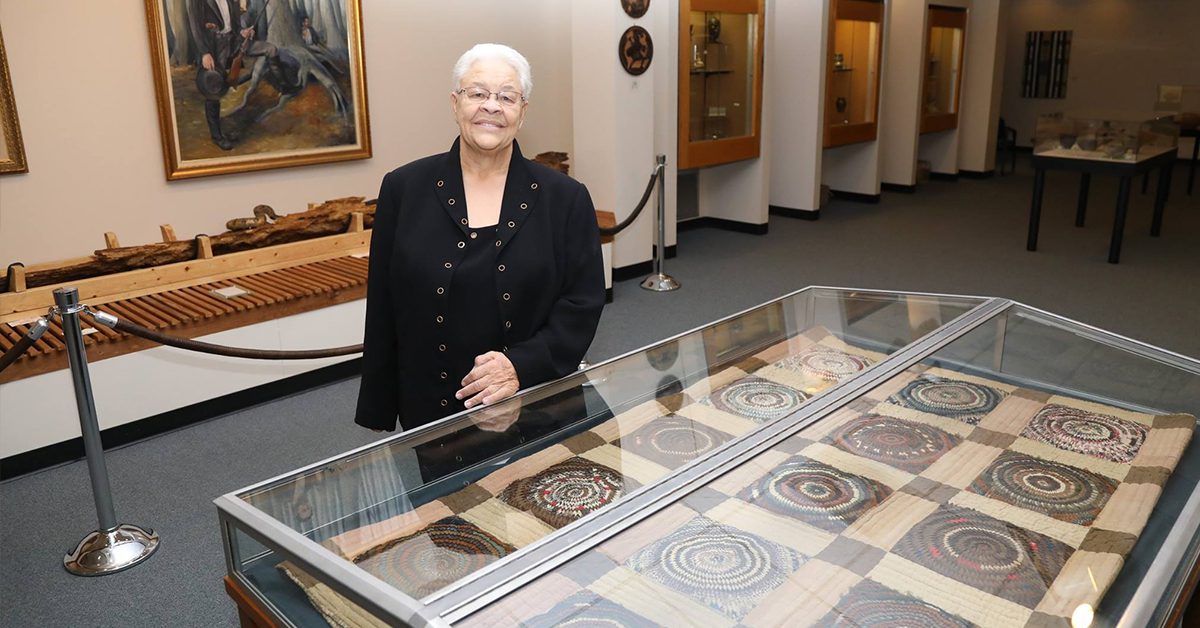
The Museum of the Southeast American Indian, on the campus of the University of North Carolina at Pembroke, distills the tribe’s past, present and future in a tapestry of ancient pride rediscovered.
Stone implements from tens of thousands of years ago establish the Lumbee connection to the forests and fields. A sixteen-foot-long canoe scraped from a pine log in the year 930 stretches along one wall. Replicated log dwellings invite children to explore the daily life of Lumbee families centuries ago.
And, everywhere, pine motifs. A quilt of intricate, interlocking pinecone patchwork, pieced in the early 1900s by Maggie Lowrie Locklear, illustrates the recurring theme of pinecones in Lumbee design and handwork. Contemporary Lumbee-made baskets, weaving and quilts are sold at the museum store and artisan booths at major events.
The tribe’s distinctive quilts tell its story, said Teresa Duryea Wong, an internationally known quilt historian. Her latest book, Sewing and Survival: Native American Quilts 1880 – 2022 will be published in May 2023.
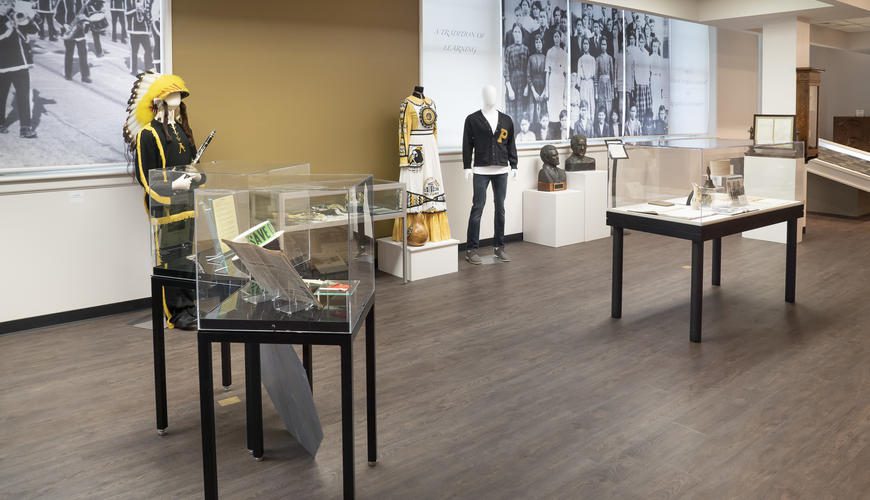
Tribal quilts emblazoned with eight-pointed stars composed of red, white, black and yellow are showcased at life and community celebrations – the Lumbee version of a tradition shared by most American tribes, Wong said. “Red, white, black and yellow – earth, wind, fire and sky,” she said.
Though the quilts are executed in the four colors that the tribe has used since time immemorial for its decorative motifs, the craft was borne of loss. In the mid-1800s, the relentless push of white settlers stripped tribes across the country of their long-held sources of materials for cloaks and clothing. Tribal women applied their needles to new materials: machine-made cotton fabric and fluffy cotton batting.
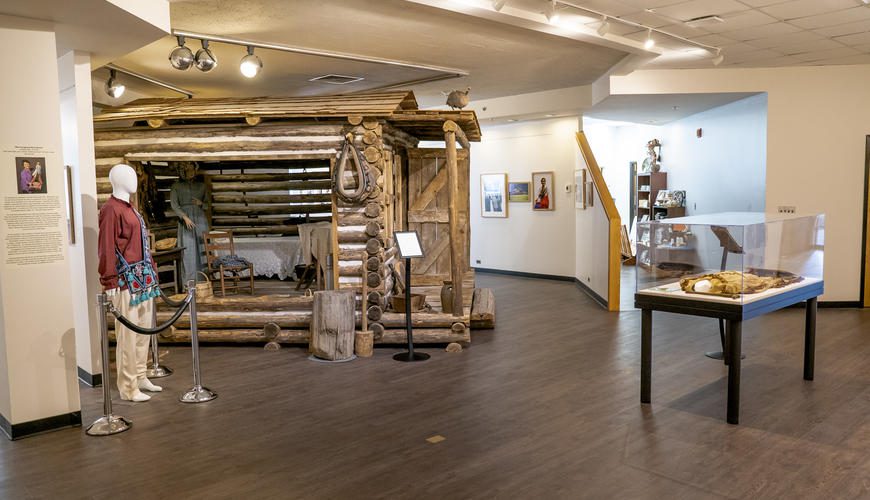
It wasn’t long before tribes wove their cherished motifs into quilt designs now ubiquitous at Lumbee events, shops and exhibits. The eight-point star, for centuries wrought in porcupine quills on tanned hides, morphed into a single blaze centered in large quilts.
“Quiltmaking took hold as a community activity, and eventually, quilts took their place as objects of warmth, and objects that could be used in traditional ceremonies” as gifts and as a symbol of tribal unity and protection, Wong explained.
The museum gives voice to Lumbee experiences, especially through special events that weave stories past and present into an eternal tapestry. It offers a rare chance for visitors to hear for themselves what it takes for the land’s original occupants – now fellow citizens – to survive and thrive.
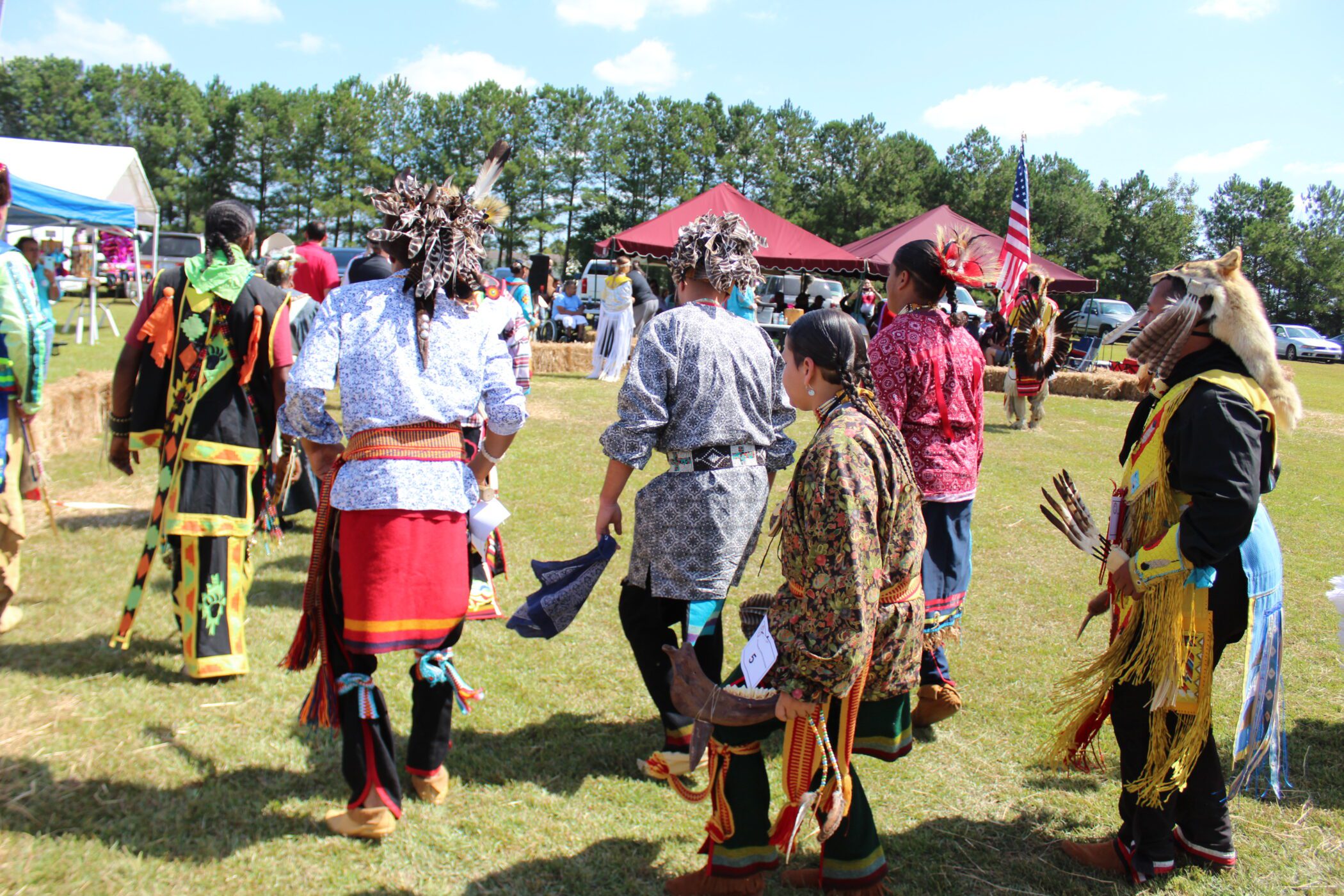
In the Lumbee calendar, March 1 marks the first significant community holiday: Founder’s Day. It commemorates, said Oxendine, how each generation has brought what it had – money, land and knowledge – to re-invest in the next. Founder’s Day celebrations center around the university, museum and the tribe’s Cultural Center – three anchors of Lumbee identity.
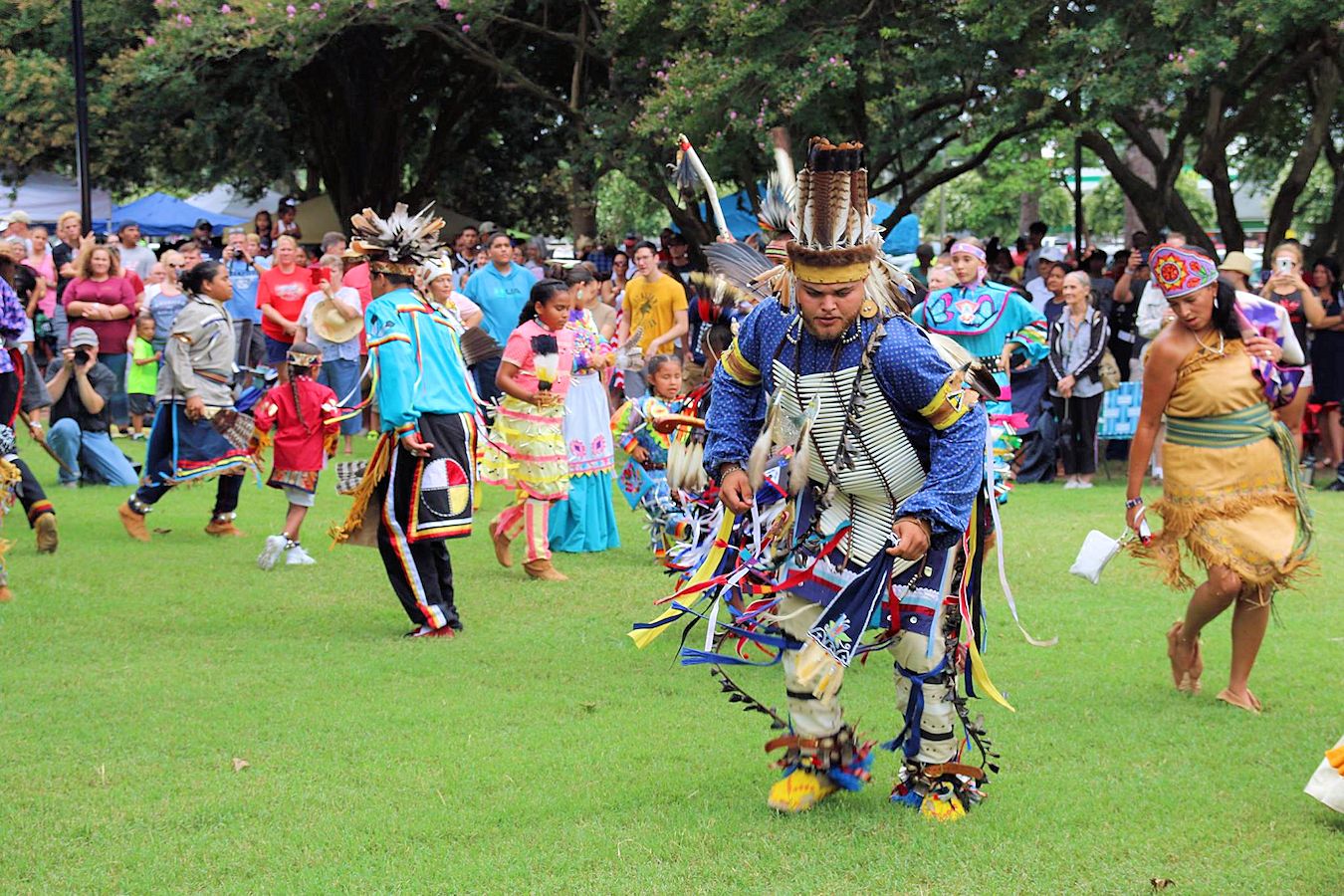
Lumbee celebratory events are symbolic of the tribe’s history and open to the public. Mark your calendars and make plans to attend these culturally significant annual events.
Homecoming – poignant given the tribe’s long struggle to define its very home – is always held on July 4 weekend. In 2024, that is June 29 through July 6. The event takes over Pembroke, attracting upwards of 30,000 people for pageants, car shows, food fests, and bicycle and foot races. It’s a rare blend of traditional tribal ceremonies and contemporary Indian life, as elders in full feather regalia march in parades, accompanied by women and girls in full skirts banded with bright satin stripes. Cars of all types – antique to racing – are lined up in specialty exhibitions. Young women compete for pageant titles wearing aprons embroidered with abstractions of pine cone geometry – natural patterns distilled to pointed designs. No wonder members of the Lumbee tribe travel across the state and across the country to celebrate their heritage and share it with visitors.
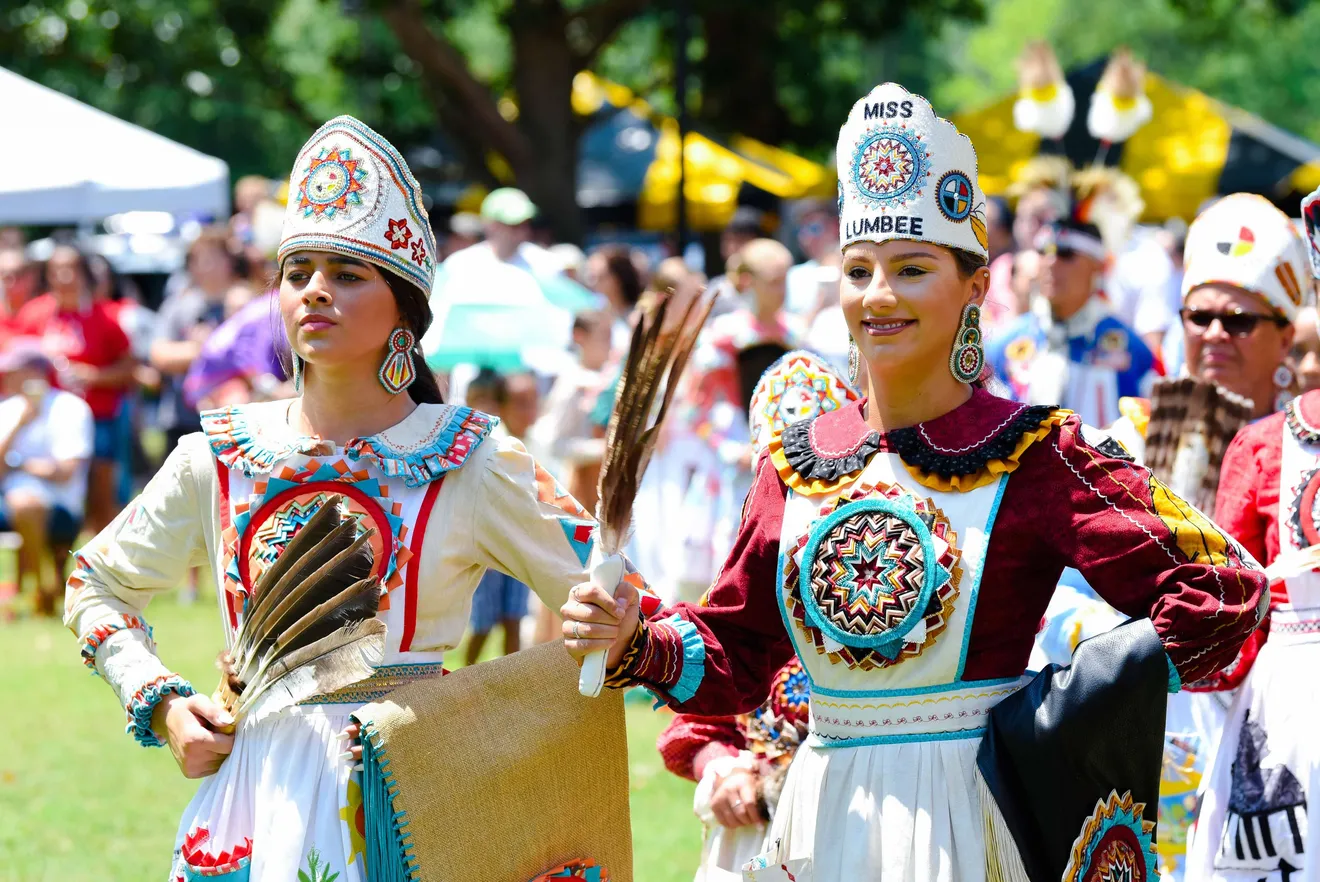
The Annual Powwow is held in early fall – in 2024, September 27 – 29. Dance and drum competitions draw performers from nearby states.
As one might expect from people who are masters of re-invention, Lumbee cooks have adapted a Southern food staple that was never part of their culture – the collard green – for a powwow signature dish: collard wraps filled with sausage or cornbread.
The powwows are a chance for visitors to hear the traditional Lumbee voice through drum and dance competitions. Ever-escalating drumbeats propel male dancers through intricate footwork. Women’s dances are more evocative, as they lift feathers to salute the sky. Their clothes are the instruments, with brass bells circling rainbow-striped skirts and jingling in time as generations of Lumbee women call to the past while inviting the future.
The depth of passion carried through the Lumbee is tangible, a facet of the community they have long strived to protect and expand. Their history, stories and traditions are strongly represented throughout the city of Lumberton and are an unequivocal must-see. Make it a point to learn and explore the continued love that started so long ago.

3431 Lackey St.
Lumberton, NC 28360
(910) 739-9999
info@lumberton-nc.com